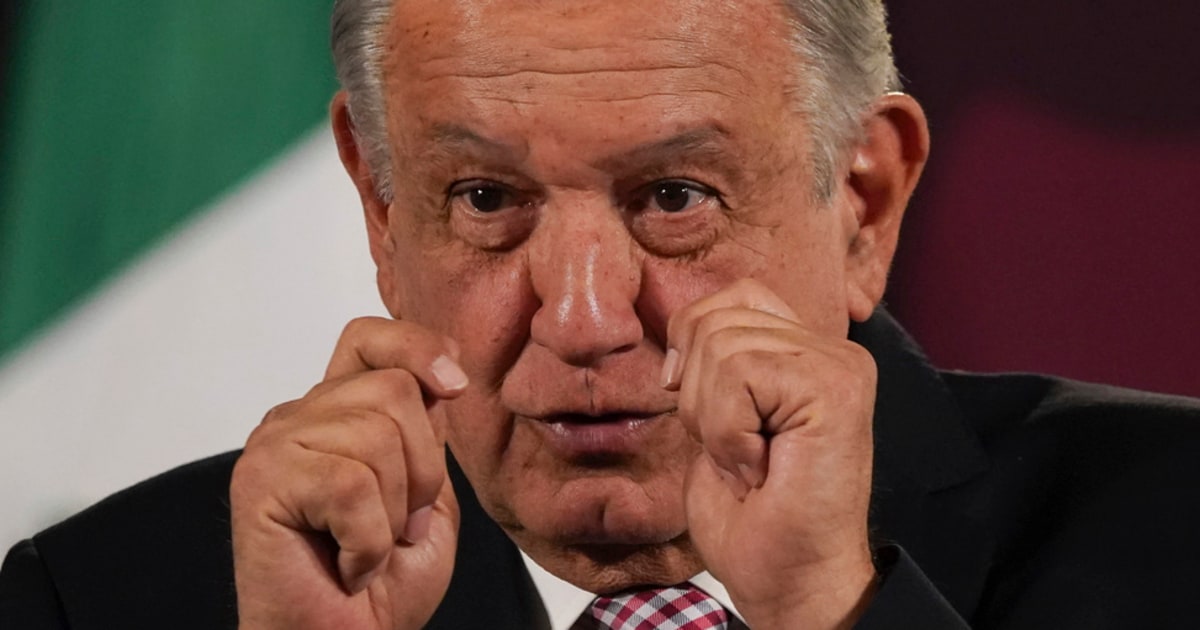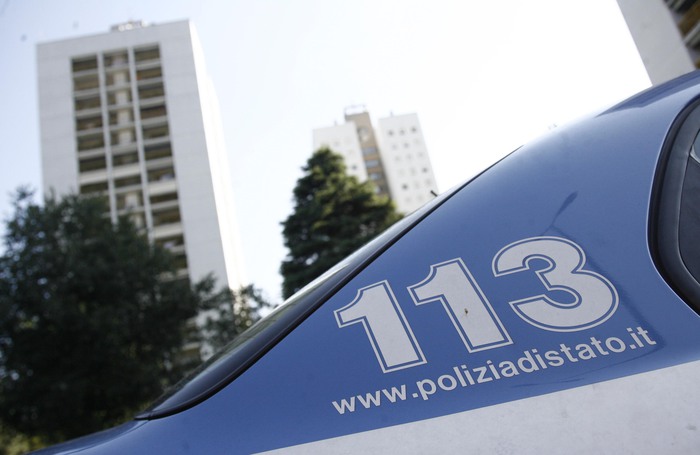La Carnicería ravine, where they found the remains of Christian Rodríguez.HENRY ROMERO / Reuters
In December 2014, a group of self-defense groups from Guerrero found remains of bones in a place on the outskirts of Cocula.
The group had been combing the area for weeks, looking for signs of the disappearance of the 43 normalista students from Ayotzinapa, which occurred in September in the neighboring town of Iguala.
When the bones were found, they notified the press and authorities.
On December 15, prosecutors and experts from the federal prosecutor's office arrived at the place, known as La Carnicería ravine.
They lifted hundreds of small fragments of human bones, almost a kilo, according to research documents to which EL PAÍS has had access.
Despite the relevance of the finding, the old prosecutor's office, the Attorney General's Office (PGR), then commanded by Jesús Murillo Karam, never ordered a genetic analysis of the remains.
The researchers also did not expand the search.
However, this year another student was identified from remains found on the same site.
At the end of 2014, the PGR had just presented its theory of the case.
According to this version, which Murillo himself disclosed in November 2014 to the press, a local group of criminals, Guerreros Unidos, had disappeared at 43 with the help of municipal police from Iguala and Cocula.
According to Murillo, the criminals had murdered the boys and burned the bodies in the Cocula garbage dump.
Then they dumped his remains into the San Juan River, near the garbage dump.
On December 7, the prosecution announced that bones found in the river weeks earlier matched the genetic profile of one of the 43, Alexander Mora.
With Mora's identification, the narrative constructed by the Enrique Peña Nieto Administration was underpinned.
Oblivious to the researchers' theory, the appearance of some bones in a ravine hundreds of meters from the garbage dump was forgotten.
The omission of the old prosecutor's office becomes relevant now, in light of the new findings at La Carnicería.
Last year, the new administration of the prosecution restarted searches in the canyon and found new remains.
A few months ago, the researchers announced that one of the bone fragments found in the area matched the genetic profile of Christian Rodríguez, another of the 43. This opened up a number of questions: how did Christian's foot bone get into the ravine ?
Did they kill him there?
Did they kill him elsewhere and take him there?
Some even wondered if such a small bone, just a few grams, was enough to assume the death of the student.
In any case, the identification of the normalista finally buried the version of Murillo Karam, questioned over the years by the families, their lawyers and independent experts who came to Mexico to study the case.
A source in the current prosecutor's office who prefers not to be identified regrets that his predecessors did not genetically analyze the remains found in 2014 at La Carnicería.
The discovery of Christian's bone in an area close to where these others appeared raises expectations about its origin.
If the pandemic allows it, the Argentine Forensic Anthropology Team, EAAF, which has accompanied the families of the 43 since 2014, will select the fragments likely to contain genetic material in the coming weeks.
The prosecution will then send the selected fragments to the laboratory at the University of Innsbruck in Austria for analysis.
This laboratory is the same one that identified Mora and Rodríguez.
According to the ministerial act prepared by the prosecutors, the experts who came to the site on December 15, 2014 kept the remains they found in three bags.
They wrote a legend on each one, "material for laboratory processing," "burnt bone fragments," and "burned bone fragments and teeth (on sieve)."
Then they put them away.
The prosecutors in charge of the case, Yazmín Jiménez and Alberto Manuel Burciaga, did not ask the experts to analyze the remains until 11 months and 15 days later.
In that time, the prosecutors did not return to the ravine.
Neither did they later.
Only with the change of government and the arrival of new investigators, the ravine appeared again on the horizon of the prosecution.
"They do not serve me"
According to the file, November 30, 2015 was the first day of expert reports.
Prosecutor Jiménez arrived at the coordination of expert services of the PGR in Mexico City at 1:00 p.m.
Jiménez and four experts in genetics, anthropology and dentistry opened the bags and examined the fragments.
It was the first approach.
However, that first day, the genetic expert Berenice Avendaño, ruled out that anything could be extracted from those remains.
"They do not serve me," he said, according to the report later prepared by prosecutor Jiménez.
The work finished at 8:00 p.m.
The following day, the anthropology and dentistry experts returned with the prosecutor Jiménez.
Genetics didn't come back.
They measured, weighed and X-rayed the remains and began to compile their reports.
Between teeth and bones they counted more than 750 fragments, all burned.
There were pieces of long bones, the skull, the hands, the feet, the pelvis ... When they presented their reports - the anthropology report on December 17, 2015 and the dental report on January 14, 2016 - the experts certified that it was human remains.
Due to its poor condition, the experts said they could not determine if the remains belonged to more than one person.
There are no further studies or subsequent expert opinions in the file.
By then, the investigations into the
Ayotzinapa case
were at a standstill.
The families of the 43 rejected the official version, especially after the group of independent experts sent by the Inter-American Commission on Human Rights, IACHR, ruled out in its first report, presented in September 2015, the hypothesis of a great bonfire in the Cocula garbage dump.
The result of the EAAF analysis, presented in February 2016, ended up giving the PGR the finishing touch, coinciding with the IACHR's diagnosis.
Through leaks and comments from its officials, the PGR began to spread the idea that they had not burned the 43 in the garbage dump, but a smaller group.
But the core of his hypothesis remained the same.
Beyond the expert reports that ruled out the burning of the garbage dump, the IACHR experts and the lawyers of the families of the 43 criticized that the only support of the official theory were statements of detainees, obtained in many cases by torture.
The criticism was such that the case got out of the hands of the organized crime prosecutors and fell to the human rights deputy attorney at the end of 2015. For the families and the IACHR, the change in approach was essential.
In February 2016, the new prosecutor in charge, José Aarón Pérez Carro, tried to find out about the investigations of his predecessors in the La Carnicería ravine.
It was a request that the IACHR experts had made for months, repeatedly.
On February 8, an organized crime prosecutor answered Pérez Carro about the discovery of skeletal remains from December 2014. Surprisingly, the prosecutor, Lourdes López Lucho, said that the experts had analyzed the remains “without finding any correspondence with the genetic profiles of the relatives of the normalistas ”.
The prosecutor did not attach any genetic expertise to her letter to prove that the remains of the La Carnicería ravine did not correspond to any of the 43.

/cloudfront-eu-central-1.images.arcpublishing.com/prisa/TDKYPBKTCRDR5G525EB3M7NXQM.jpg)



/cloudfront-eu-central-1.images.arcpublishing.com/prisa/P2H3BY42HINXFYMTDBBMDEIZ74.jpg)


